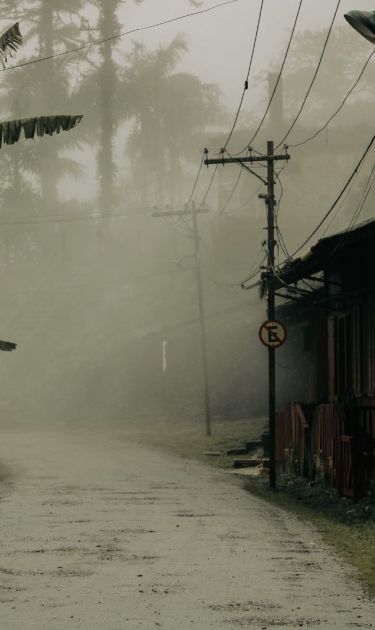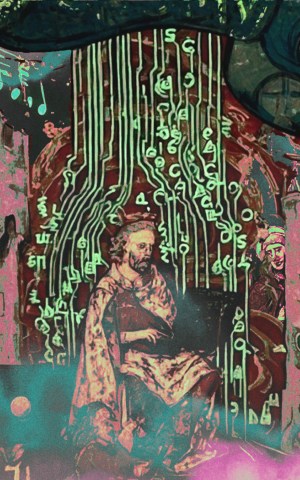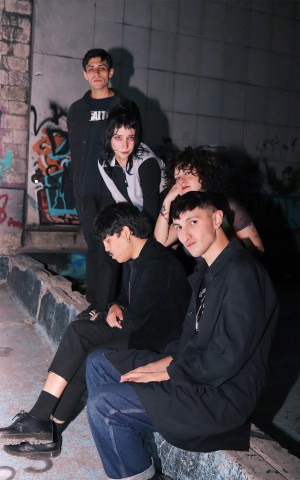Knock knock knock. Three taps on the door — that’s how the night watchman of Paranapiacaba communicated with residents. The system was simple but essential: if everything was fine, the household would respond with three knocks back. If there was silence, the watchman was authorized to enter and check the home.
One night, however, no one received the watchman’s regular visit. It wasn’t until the next morning that residents learned he had died tragically. The shock of his sudden death soon gave way to something else: fear.
Knock knock knock. Residents heard it the day after his death. The next morning brought a disturbing explanation: the sound was there, but no replacement had been hired.
This is one of many urban legends told by residents and former railway workers in Paranapiacaba, a village of just over 2,500 people in the municipality of Santo André, about 30 miles from São Paulo. This place was fundamental to the economic development of both São Paulo and Brazil as a whole.

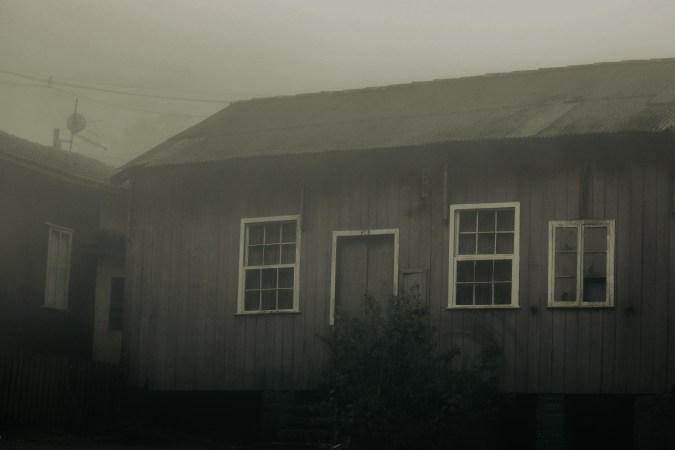
“Before, the legends were just stories told casually in family circles, a small detail within a much larger history of work, relationships, and belonging. Today, the village’s real history is disappearing,” says Jairo Costa, a writer, researcher specializing in mythology and folklore, journalist, photographer, and documentarian.
Remezcla visited Paranapiacaba, where mystical and everyday elements merge in ways that set it apart from surrounding cities. Whether it’s the privileged location in the Serra do Mar mountains or the peculiar weather conditions — with nearly 120 inches of rain per year, humidity and fog are constant — the village feels like a genuine time warp.
We started our visit in the upper part of the village, where the Bom Jesus de Paranapiacaba Church and cemetery stand. The tombstones house both the dead and their legends. Locals tell of João Ferreira, a tour guide who once took visitors through the cemetery. At one point, a couple read his name engraved on a tombstone, with a death date from years earlier. When they turned to ask him about it, Ferreira had vanished into the mist.
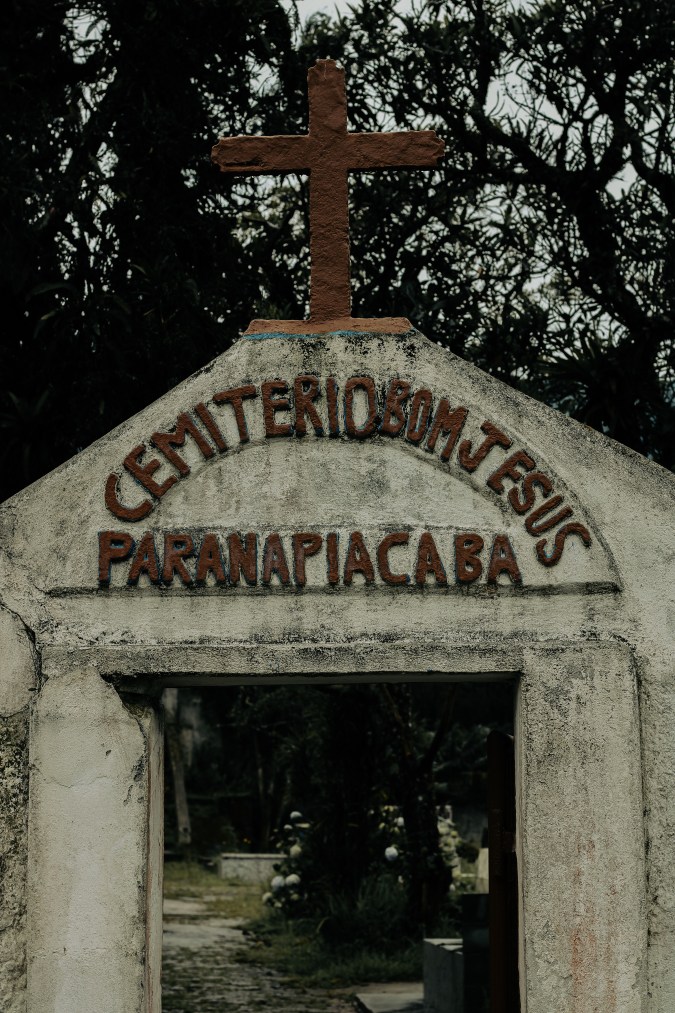
Beyond the ghost stories, the tombstones reveal concrete facts about the village’s founding. Paranapiacaba was created in 1867 by English engineers to house workers who would operate and build the Santos-Jundiaí railway, essential for transporting coffee production from São Paulo’s interior to the port of Santos.
It didn’t take long for outbreaks of typhoid, tuberculosis, and Spanish flu to reach workers’ families. Then there were the dangers of the job itself: railway accidents frequently killed dozens of workers at once. The cemetery grew faster than the living population. The nickname became inevitable: cidade dos mortos — city of the dead.
“The village carries memories,” says Tânia Gori, a 54-year-old witch, writer, and president of the Brazilian Association of Witchcraft. “The history of the tracks, the workers, the old families, and the indigenous peoples who inhabited the region creates an ancestral atmosphere. This is felt as a dense energy — in a good way. Alive, present, full of stories that still echo.”
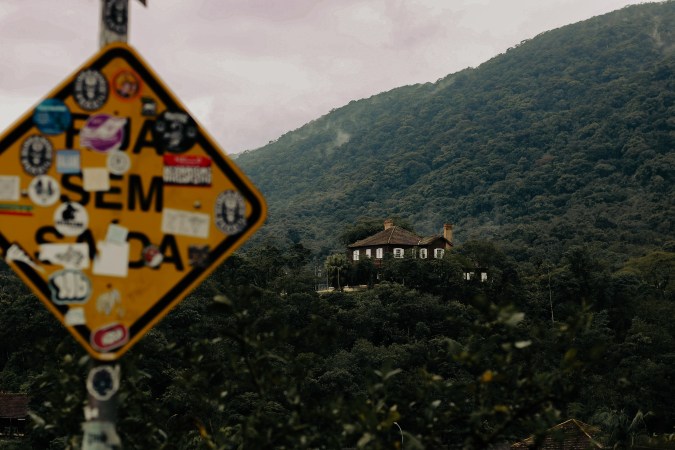
Still in the upper part, one structure catches your eye: a mansion being swallowed by the Atlantic Forest vegetation that surrounds the village. Now called Museu Castelinho (Little Castle Museum), the building is the tallest in the lower village for a reason. It references the panopticon theory popularized by French historian Michel Foucault — the idea of always being watched and controlled.
The 5,400-square-foot mansion was completed in November 1897 and features 33 windows, six fireplaces, double walls, and Riga pine flooring. It housed professionals who served as chief engineer of the São Paulo Railway Company, with a bird’s-eye view of everything happening below. Many believe Frederick Mens, one of the engineers who lived there, can still be seen walking through the house at night.
Access to the lower village is through a metal structure attached to Ponte Mãe (Mother Bridge), built to restore the original wooden bridge. During the crossing, the Clock Tower stands to the left — a strong remnant of English culture, used to regulate train schedules and workers’ shifts. Railway structures sit to the right. The mansion looms straight ahead.
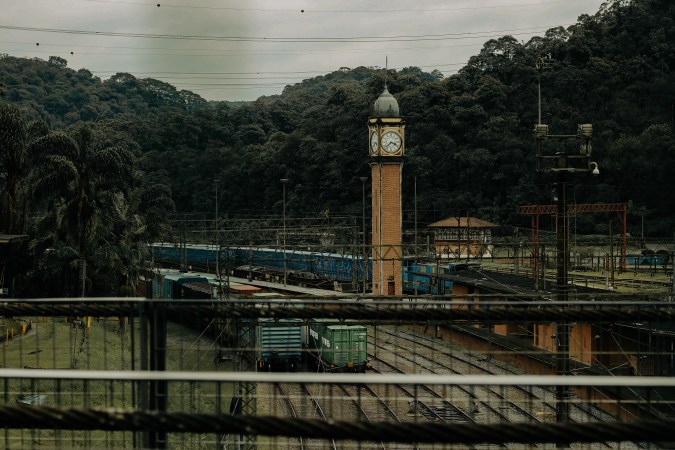
When we stopped by Paranapiacaba, the day was overcast, cold, with fine, unrelenting rain. Even with rain gear, the cold demanded a stop at D’ Maria Café & Chocolateria to warm up with hot chocolate. Set in a century-old wooden house, the café offered chocolates, rich sweets, and cozy Halloween decorations.
We were chatting with Mari, the owner, when she warned: “Look, the fog is coming down.” Looking outside, within seconds, the town was swallowed by dense white mist that limited visibility to just a few feet ahead. It’s undeniable: the fog adds a unique, almost cinematic atmosphere to the place. If it weren’t for the warm and welcoming reception from all the merchants and residents, it would be easy to believe all the legends are real. That terror lives here, in the city of the dead.
In Brazil, Halloween is typically seen as an imported American holiday — plastic pumpkins, character costumes, trick-or-treating. But for those who practice nature-based spirituality, October 31st means something completely different. It’s Samhain, the Witches’ New Year, when the “veil” between the world of the living and the dead grows thinner. And if there’s one place in Brazil where that veil was never very thick, it’s Paranapiacaba.
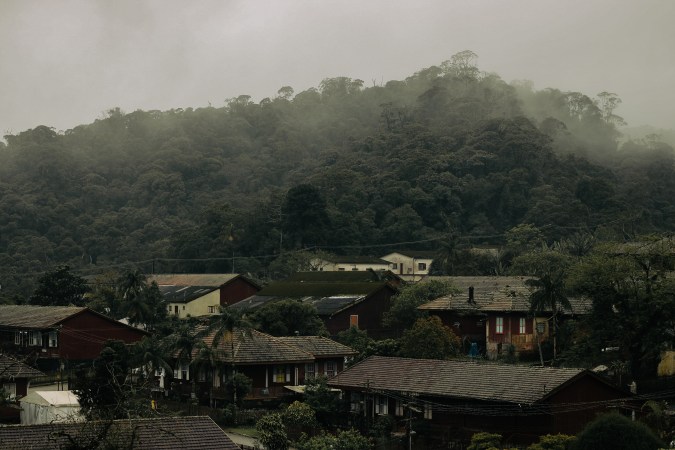
The Witches and Wizards Convention, for example, annually gathers people interested in pagan rituals, connection with nature, and ancestral practices. These events have an intimate, spiritual character. “There’s a very clear difference between ‘mystery tourism’ and genuine spiritual experience,” Tânia explains. Tourists want the scare, the photo, the macabre story. Seekers want to understand why certain places accumulate so much energy, why some memories don’t dissolve over time.
“Being an isolated place shrouded in mist, Paranapiacaba awakens something very important for those who walk nature’s spiritual path: the return to inner silence,” Tânia reflects. “The village’s energy invites you to listen more — to the forest, the fog, to yourself.”
Costa notes that Halloween “objectively has no impact on building the village’s haunted identity.” He adds that “most traditional residents, former railway workers who still live in the village, don’t relate well to this ‘city of the dead’ label.” The researcher emphasizes that “the railway’s legacy is far greater than this new identity being told about the place’s history, spreading mainly after the emergence of the internet, social media, and influencers.”
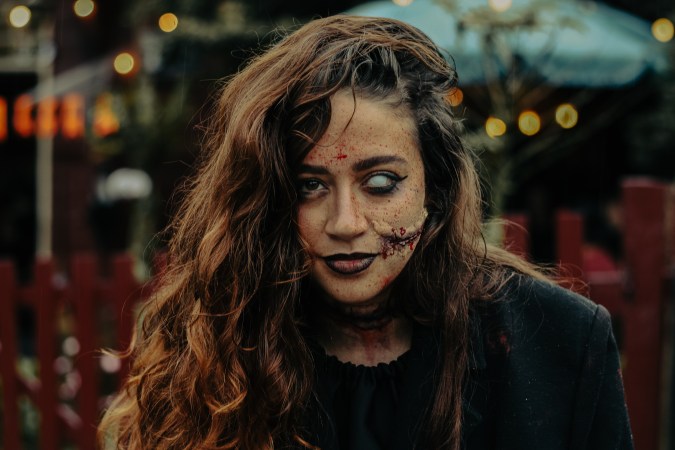
After wandering the village for hours, our last stop was Café Infinito Olhar, where a Halloween-themed board game event was underway. People dressed as monsters and creatures sipped coffee and played games in the quaint setting.
The scene captures the village’s current duality well. On one side, the tourist appeal that drives the local economy and brings visitors from across the country. On the other, concern that this manufactured identity will erase the village’s true history and, most importantly, the real needs of those who live there.
Paranapiacaba deserves to be known — for its fog, its stories, its singular architecture. But it also deserves that we look beyond the mystical veil and see what really matters: the community. In the end, no matter how many legends are told about a village, what defines a place are the living people who inhabit it.
